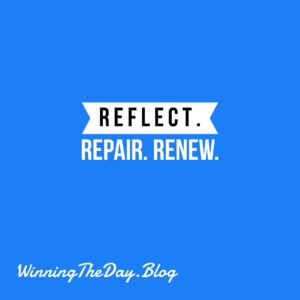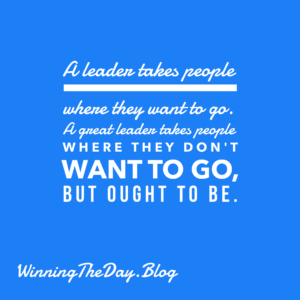Reflecting this morning and giving myself some grace… appropriate for the month of Easter. Sharing my personal coaching notes:
I’ve been on a bit of an emotional roller coaster: transitioning from a group of staff, agents, and B2B partners that I respect and love dearly; to moving full-time into the investments I had with a business partner; and orchestrating a cross-state move all while trying to keep the balance of faith, family, fitness, and finances.
As a type A, I’m not getting the results I want, both personally and professionally. Nothing happens fast enough! (Any testimonials?) Yet in my daily journal, there is one powerful question:
“As a high-performance coach, looking at my business and life from a high level, I would tell myself…”
And this was my note to self this morning:
With all the plans, strategies, goals, innovations, business practices, and culture that make up your life and business, you are getting exactly the results your systems and processes are currently capable of producing – nothing less, nothing more!
Said another way – a system will produce what a system will produce, nothing less, nothing more. Don’t like the result? Be HARD on the system and soft on the people.
Looking to be more outcome-focused? To get better results, you must improve the design and execution of your systems and processes—at the daily detailed checklist level.
The law of cause and effect governs all outcomes. To change an effect or result, you have to change the cause.
There ya go, my testimonial for today.








